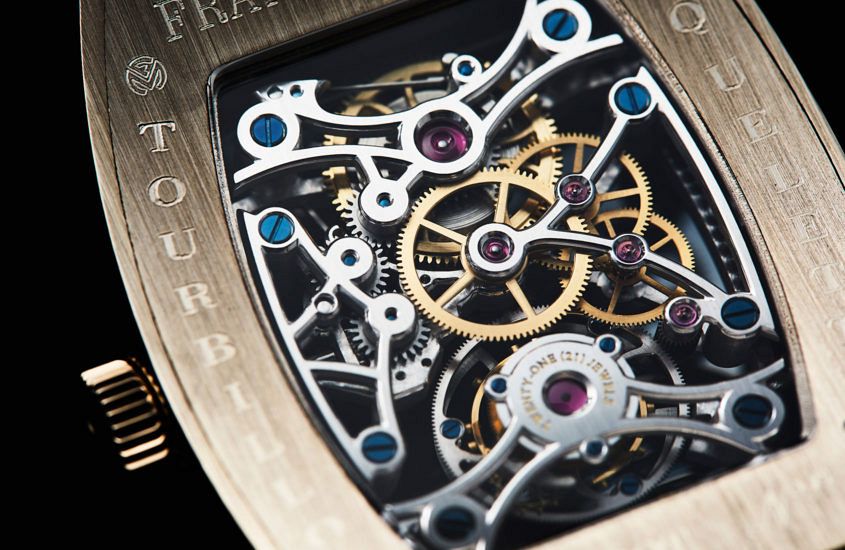 Jewels are typically things you imagine adorning lavishly dressed socialites, or existing in piles that form the sleeping places of greedy dragons, so why are they so important in watchmaking? The reason is not frequently talked about, despite the number of jewels in a movement being communicated as a standard piece of mechanical information, and generally an indication of the quality of the movement. But it still begs the question: why are there jewels in a watch? As they discuss, the main reason for them is not decorative, but the properties of their synthetic mineral hardness. Apart from diamond, rubies are one of the hardest materials in the world, making them perfect to reduce friction in the gear train of the movement. Without them, the increased resistance in the movement would not only make the watch less accurate, but also increase the frequency the watch required servicing. This is a good thing for watch owners, as generally the happiest visits to your nearest boutique are because of a new purchase, not because your watch stopped working. Read the full article here.
Jewels are typically things you imagine adorning lavishly dressed socialites, or existing in piles that form the sleeping places of greedy dragons, so why are they so important in watchmaking? The reason is not frequently talked about, despite the number of jewels in a movement being communicated as a standard piece of mechanical information, and generally an indication of the quality of the movement. But it still begs the question: why are there jewels in a watch? As they discuss, the main reason for them is not decorative, but the properties of their synthetic mineral hardness. Apart from diamond, rubies are one of the hardest materials in the world, making them perfect to reduce friction in the gear train of the movement. Without them, the increased resistance in the movement would not only make the watch less accurate, but also increase the frequency the watch required servicing. This is a good thing for watch owners, as generally the happiest visits to your nearest boutique are because of a new purchase, not because your watch stopped working. Read the full article here.
The post RECOMMENDED READING: Why are there jewels in a watch? appeared first on Time and Tide Watches.
Continue reading ‘RECOMMENDED READING: Why are there jewels in a watch?’